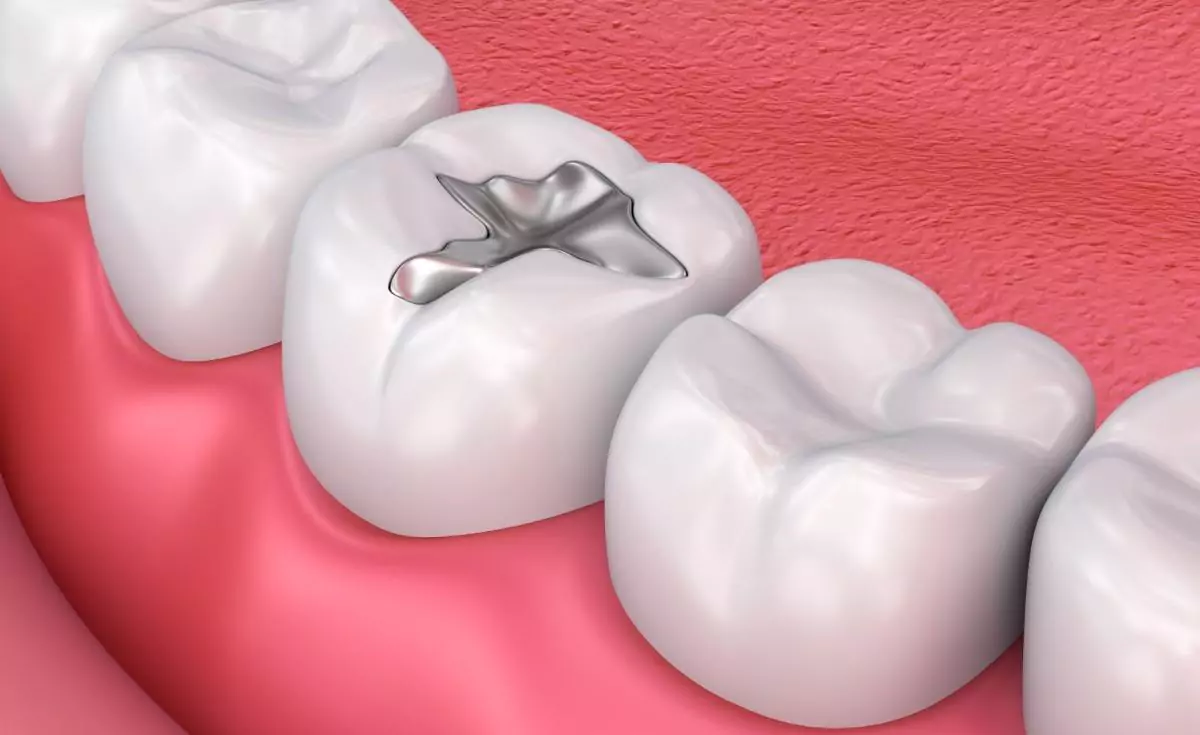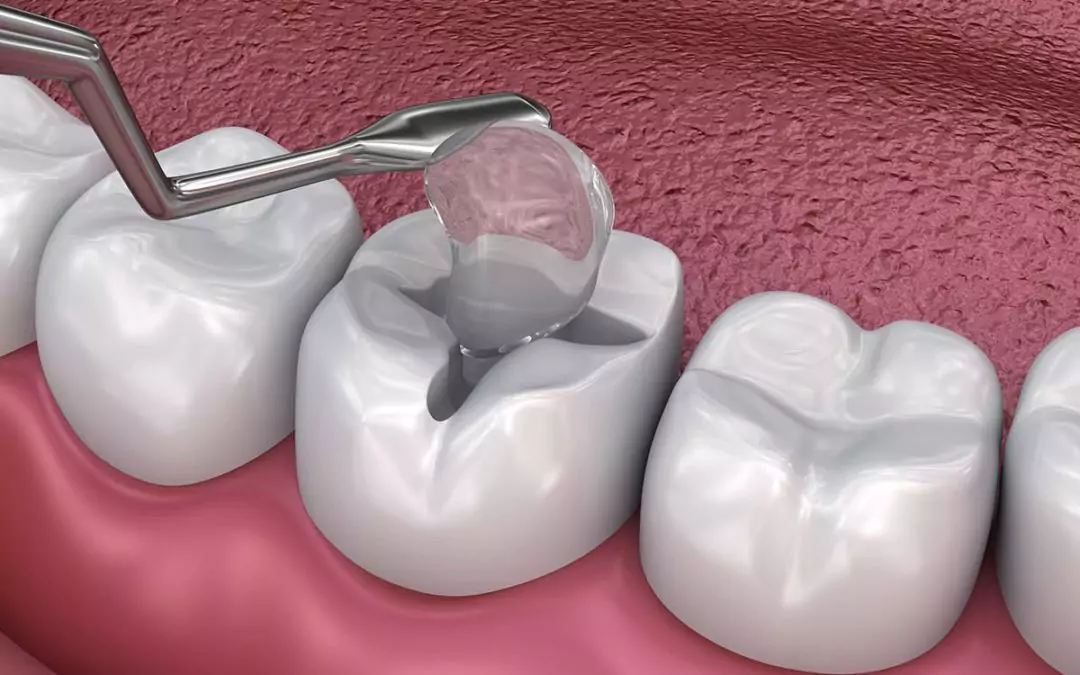
Tooth fillings, also known as dental fillings, are synthetic restorations used to treat cavities or restore damaged teeth to their original function and appearance. They play a crucial role in maintaining oral health and preventing further dental issues.
Dental fillings are commonly used to address tooth decay, but they can also be employed as a preventive measure when early signs of cavity formation are detected. These signs include increased tooth sensitivity to temperature changes and persistent toothaches during eating or chewing.
In India, dental fillings come in several materials, each with its advantages and drawbacks. The most common types are:
There are two main types:
Your dentist will recommend the appropriate dental filling based on the tooth’s location, extent of decay, budget, and your preferences. Each filling type has its unique benefits, and it’s essential to consider factors like aesthetics, durability, and cost before making a decision.
Remember, regular oral care and dental check-ups are crucial to maintaining the longevity of your dental fillings and overall oral health.
Unleash the power of your smile and embark on a life-changing journey today! Embrace a transformational experience that will redefine your confidence and elevate your smile to new heights. Take the first step towards a radiant future and unlock the extraordinary potential within you. Let your smile become the symbol of your transformation and embrace the incredible possibilities that Await.

To maintain the health of your dental fillings, it is important to prioritise good oral hygiene practices. Here are some guidelines to follow:
Remember, maintaining a healthy mouth overall is crucial for the longevity of your dental fillings. Follow your dentist’s advice, adopt good oral hygiene practices, and seek professional care when needed to keep your fillings in optimal condition.
The lifespan of dental fillings can vary depending on several factors. One crucial factor is your oral health and dental hygiene practices. Maintaining good oral hygiene, including regular brushing, flossing, and dental check-ups, can help prolong the lifespan of dental fillings and prevent new cavities from forming.
Another significant factor is the type of material used for the filling. Here are some general
estimates for the lifespan of different dental filling materials:
It’s important to note that these estimates are general guidelines and individual experiences may vary. Regular dental check-ups and proper oral care are essential for maintaining the longevity of dental fillings. If you experience any issues with your fillings, such as cracks or discomfort, it’s recommended to consult your dentist for appropriate evaluation and treatment.
Regular dental check-ups are crucial for maintaining good oral health and reducing the risk of tooth decay. Your dentist will be able to identify any potential cavities at an early stage and provide appropriate treatment options. Some signs that may indicate the presence of a cavity include:
If you experience any of these symptoms, it is important to contact your dentist and schedule a dental appointment as soon as possible. Early intervention can help prevent the cavity from worsening and potentially requiring dental fillings or other more invasive treatments.
When there is severe tooth pain or prolonged tooth sensitivity, even after receiving dental fillings, or when there is extensive tooth decay that has caused inflammation of the tooth pulp, a root canal treatment may be necessary to address these issues. It is important to schedule an appointment with your dentist if you are experiencing severe tooth pain or sensitivity. Your dentist will conduct a thorough examination and recommend the appropriate treatment option based on your specific dental condition.
A root canal treatment is necessary when the dental pulp, which is the soft tissue inside the tooth, becomes infected or inflamed due to deep decay, trauma, or other factors. The infection or inflammation can cause severe tooth pain, sensitivity, swelling, and even abscess formation. In such cases, a root canal treatment is required to remove the infected pulp and save the tooth.
On the other hand, a dental filling is sufficient when the tooth decay or damage is limited to the outer layers of the tooth, primarily affecting the enamel and dentin. If the decay is caught early and has not reached the pulp or caused significant damage to the tooth structure, a dental filling can effectively restore the tooth by filling the cavity and preventing further decay.
The decision between root canal treatment and dental filling depends on the extent of tooth decay or damage. Your dentist will evaluate the condition of your tooth using diagnostic tests and clinical examination to determine the appropriate treatment. It is important to consult with your dentist, as they will consider various factors such as the severity of decay, symptoms, X-ray findings, and overall tooth health to make an informed decision on whether a root canal treatment or dental filling is necessary.
The majority of dental fillings heal relatively quickly, often within the same day of the treatment. It is common for patients to experience heightened sensitivity in the treated tooth once the anaesthesia wears off, but this sensitivity typically diminishes within 24 hours.
Stay up-to-date with our latest updates!
We will never send any spam emails.
